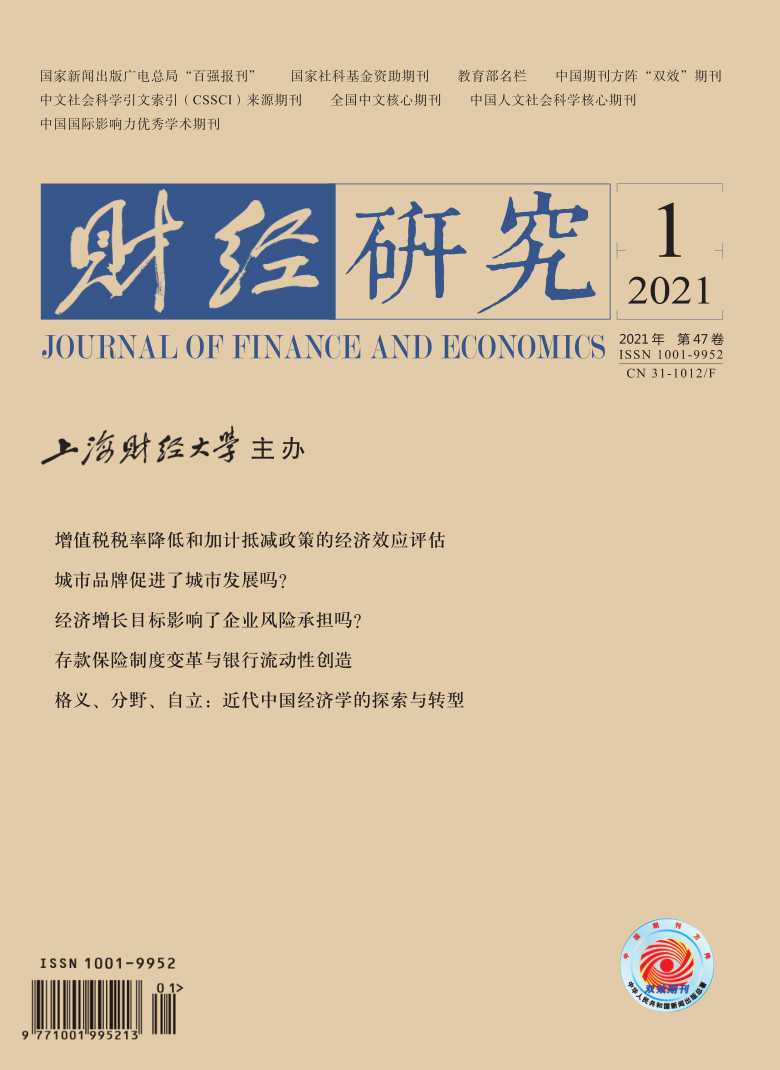Under the dual background of prominent external environmental risks of international trade and China’s promotion of an all-round opening-up pattern and high-quality economic development, stabilizing the development of foreign trade and ensuring priority employment of labor is of great significance to the smooth operation of the national economy. Facing the negative impact of declining foreign trade demand, what is the employment performance of China’s labor market? How does the labor force adjust? What role do the firms play in it?
To answer these questions, this paper builds a “Bartik Instrument” for regional export slowdown based on the fact that the decline of global overall trade demand, and examines its impact on employment adjustment in China’s local labor market, using data of China’s General Administration of Customs from 2010 to 2015 and China’s Labor-force Dynamics Survey in 2012, 2014 and 2016. The study finds that: First, export slowdown has significantly inhibited the probability of the local labor force aged 15-64 to participate in the work. For each $1, 000 decrease in the growth of export per capita, the probability the people participating in work decreases by 3.7%. Second, local workers are re-allocated between different employment sectors and different employment statuses. Specifically, the employment probability of manufacturing declines, and the employment probability of service industries rises. It is mainly reflected in the young workers and the workers with lower education. In addition, export slowdown has caused the labor force to adjust from an employee’s employment status to a self-employed status, which reflects the fact that people participate in informal forms of employment in response to negative trade shocks. Third, the analysis of the mechanism shows that export slowdown has a negative impact on the performance of local manufacturing firms, which will pass on negative trade shocks to workers in the form of reduced labor demand, while the performance of service firms has cushioned this shock to some extent. The reasons for the unemployment mainly coming from firm-level factors and the more difficult job hunting further provide indirect evidence for this mechanism.
The conclusions of this paper provide theoretical support and empirical evidence for China’s dual strategic goals of effectively resolving trade risks and further promoting employment priority. We need to formulate scientific trade policies to resolve external environmental risks and promote the stability of China’s trade and high-quality development of economy. In addition, we also need to improve the development of new types of employment and build a smoother labor employment security mechanism to enhance the people’s ability to withstand the external uncertain risks.






 9449
9449  9541
9541

